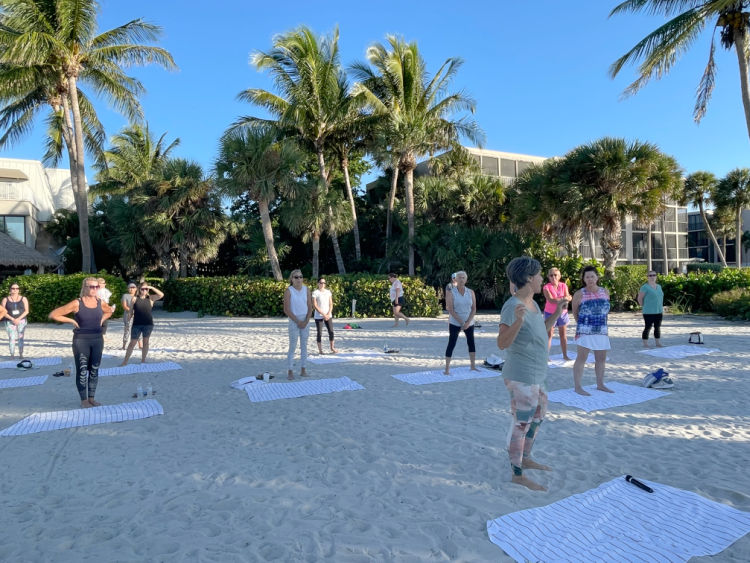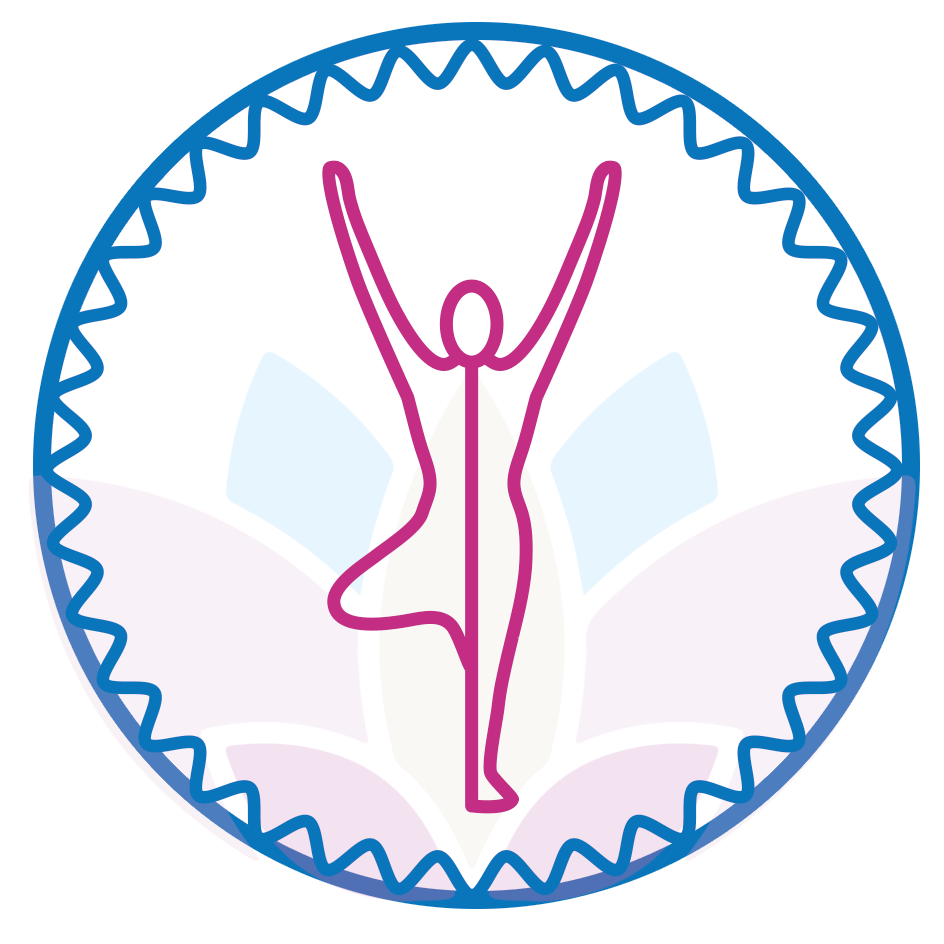
What Brought You to the Yoga Mat?
If I took a poll at my yoga classes that I teach in person or online, I would guess that 60 percent of the students want to feel better in their bodies and 25 percent want to feel better in their psyche including mental, emotional and sometimes, spiritual realms and 15% might say both.
The longer I study, practice, and teach yoga, the more I realize there are tools for all of the above and most of them have a history dating back thousands of years. Yoga does not fix the body, mind, and/or emotions, yoga teaches us to accept what is going on in our body, mind, and emotions which leads to resilience. As Yoga Scholar and World-Renowned Yoga teacher Sally Kempton described in the Yoga Journal Article Bouncing Back, there are two types of resilience. “The resilience most of us know as bouncing back, and then there is the deeper resilience of self-transformation. “It’s the combination of insight, choice, and attentiveness that lets some people tune into the hidden energy lurking within a crisis, and to use it as a catalyst for spiritual growth,” she writes.

Three Yogic Tools For Resilience
- Self Study (Swadyaya in Sanskrit)
Many people come to yoga because of the suffering caused by the physical or emotional pain they are experiencing. Yoga has a tool that allows us to separate the pain from the suffering. “Pain is inevitable in life, suffering is optional,” I read or heard somewhere. We can practice “inner knot cutting” as Kempton puts it to learn the skill of witnessing what is going on in our mind and body without attaching ourselves to the story. This is a form of self-study which develops an “inner compassionate presence that lets you be present with what’s happening without getting sucked into the fear or anger,’’ according to Kempton.
When it comes to emotions over difficult situations and people, this yogic tool is golden. As Kempton points out this tool is a preferred tool of yoga therapists because it allows us to step away from our problems and view them through a compassionate witness observer lens, often leading to some creative solutions or mindset changes.

3 Yogic Tools for Building Resilience cont.
2. Tapas (Intense Effort in Sanskrit)
Activating Tapas or intense effort can be done in several ways on the yoga mat. You could create more heat through active breathing or flows or by witnessing your legs shaking during a difficult pose. Tapas can also be interpreted as persevering by doing yoga or a mindful movement practice every day despite how badly you feel or what hardships you are experiencing. By engaging in Tapas, a form of discipline, you are developing the resilience to grow. Kempton puts it this way, “Asana practice offers basic training in tapas,” where you are physically and emotionally strengthened. She adds, “even meditation and mindfulness practice teach us to sit through boredom, mental restlessness, and emotional upheavals.”

3 Yogic Tools for Building Resilience cont.
3) Surrender or (Ishawarapranidhan in Sanskrit)
Ishawarapranidhan is used in many healing practices. “Surrendering to a higher power” has slightly different meanings depending on which practice, but in the simplest terms, on the yoga mat, it means “letting go”. Letting go of the need to control your body, letting go of the need to perfect yourself with a yoga pose, and letting go by focusing on areas of discomfort in your practice without the need to change anything. Kempton puts it so beautifully it is worth quoting her exactly.
“Much of our suffering comes from the simple refusal to accept that reality… It’s the attitude of deep acceptance that lets us experience the inevitable hardships and disappointments of life without resistance, without constantly wishing that things were different. Surrender instantly gives us back the energy that we have been spending in resisting our life.”




